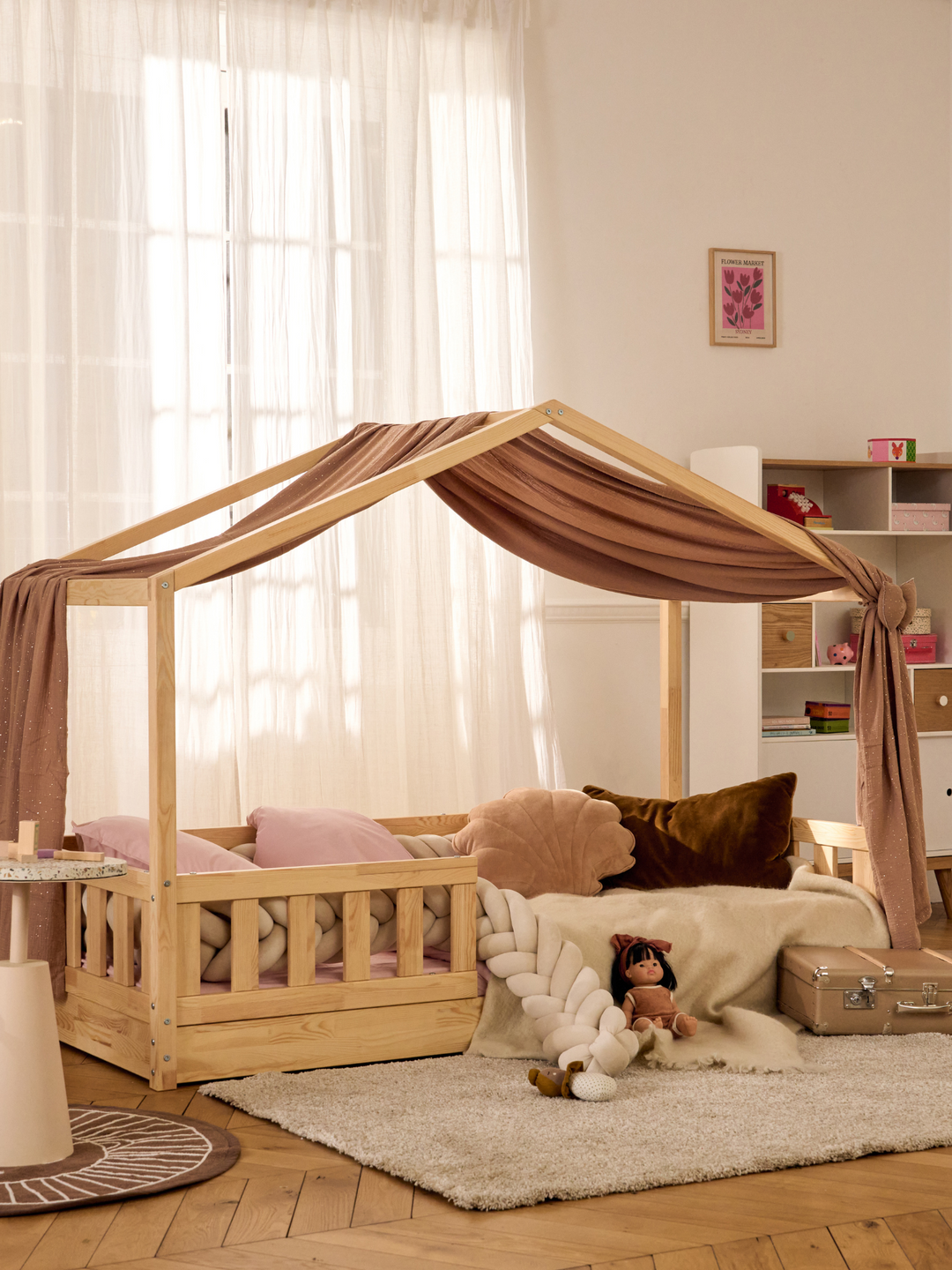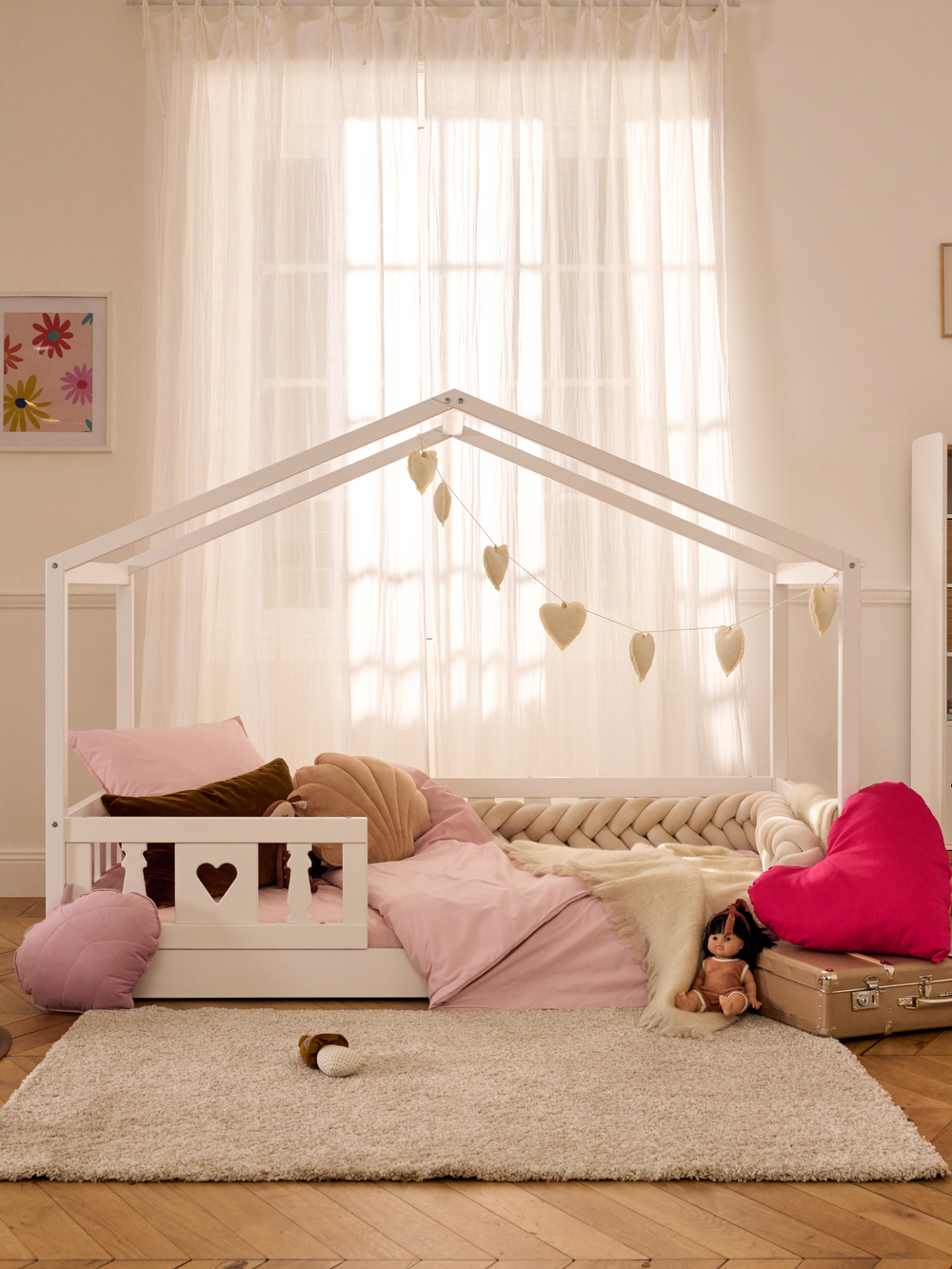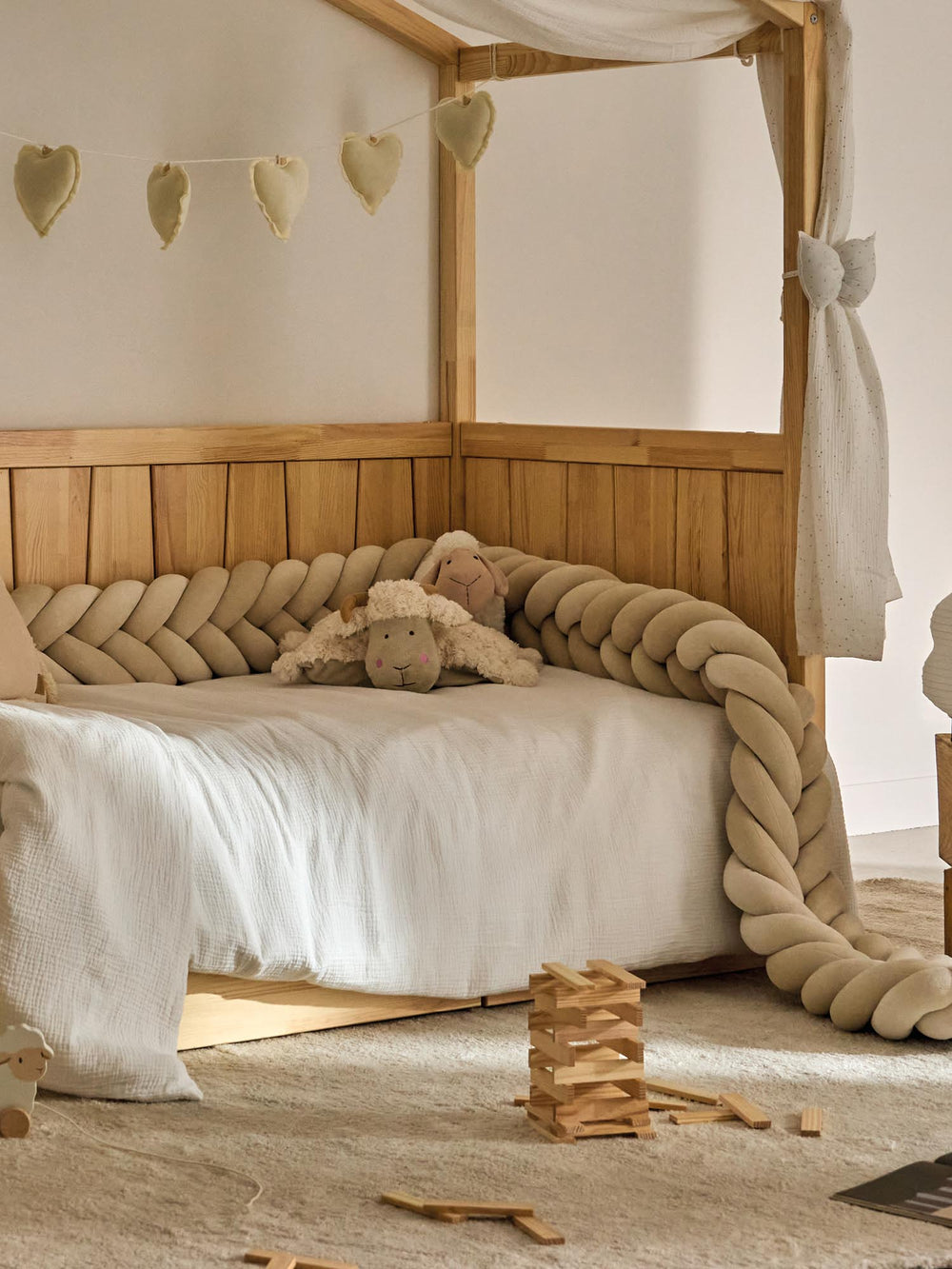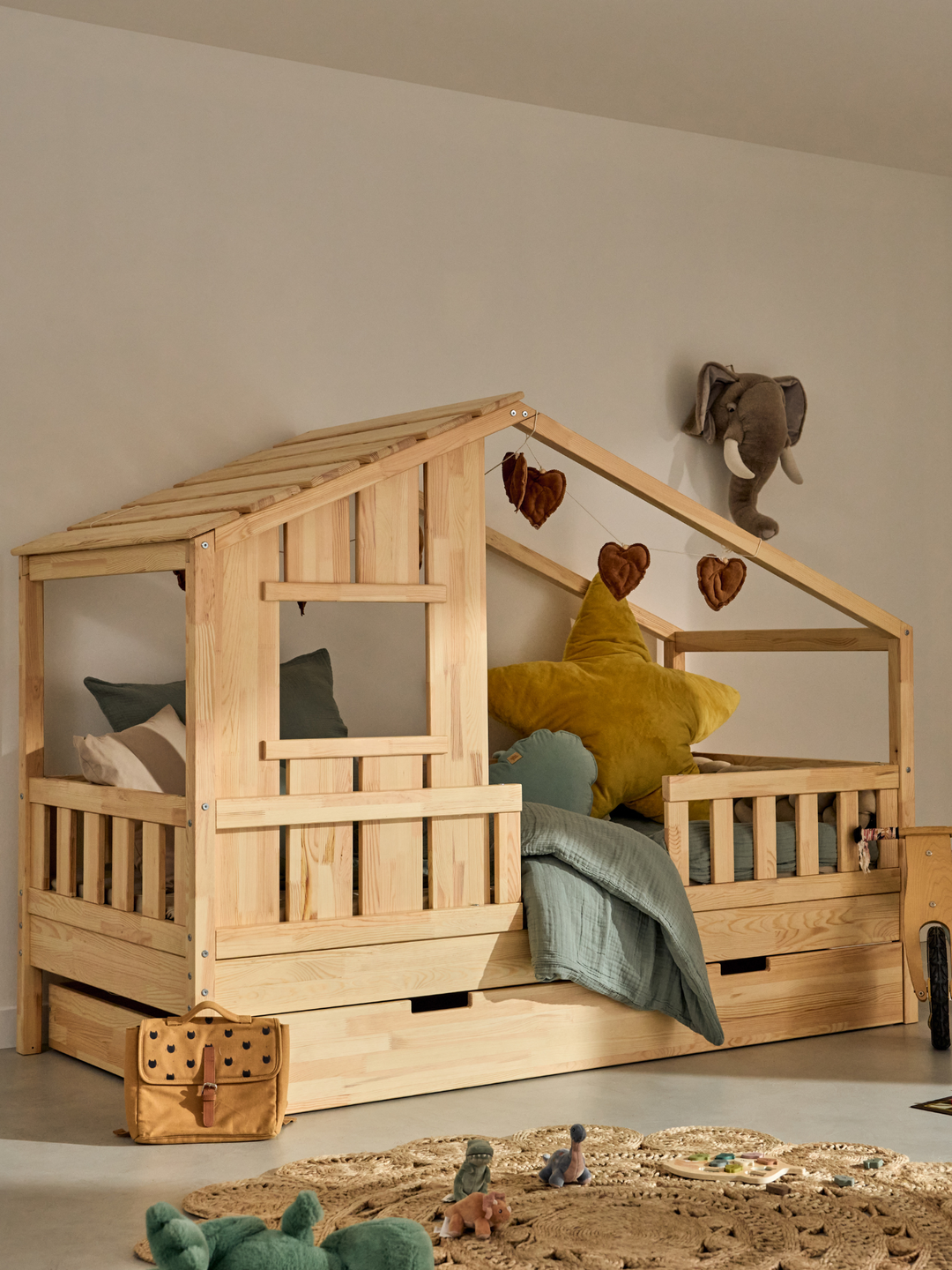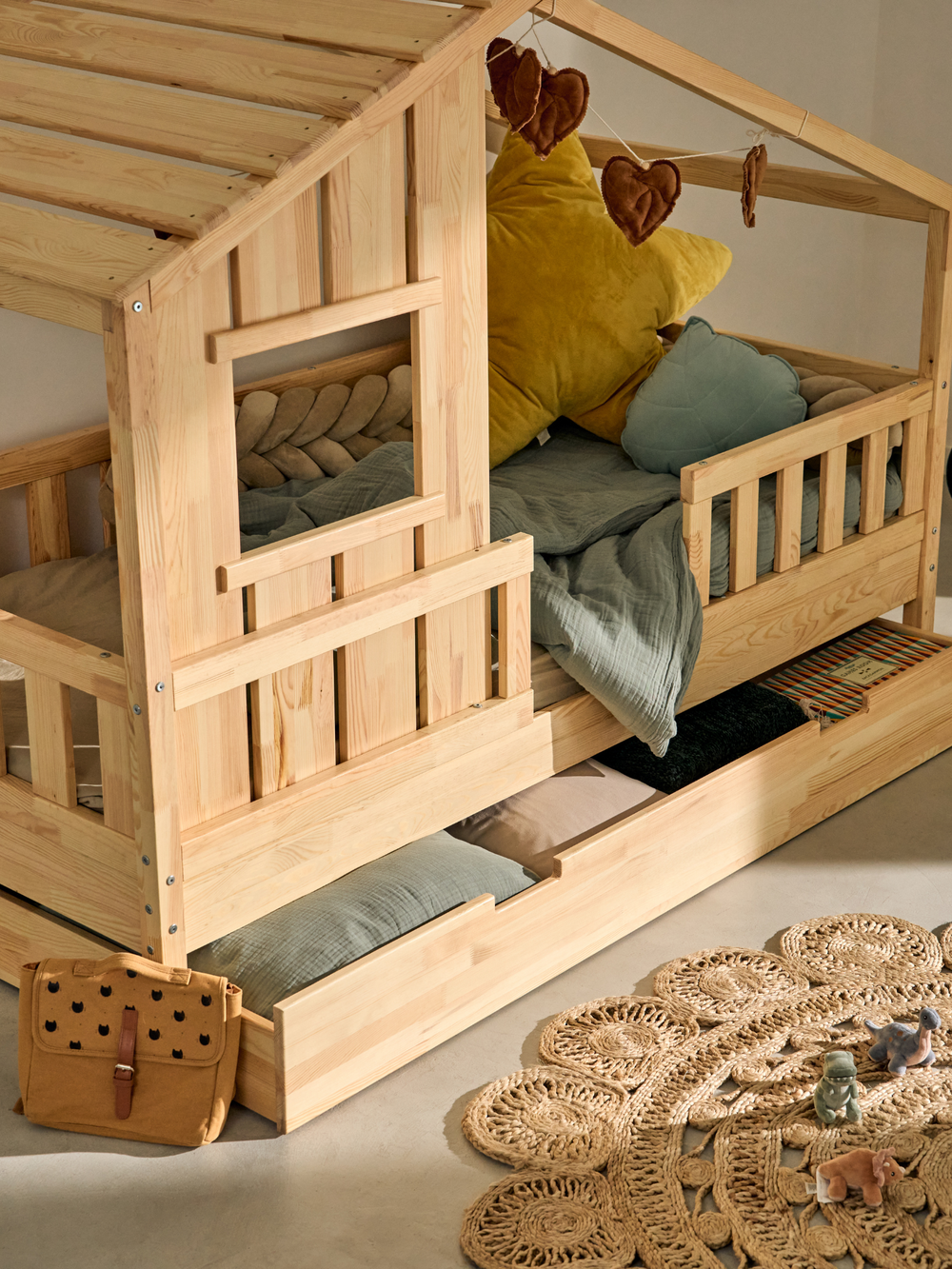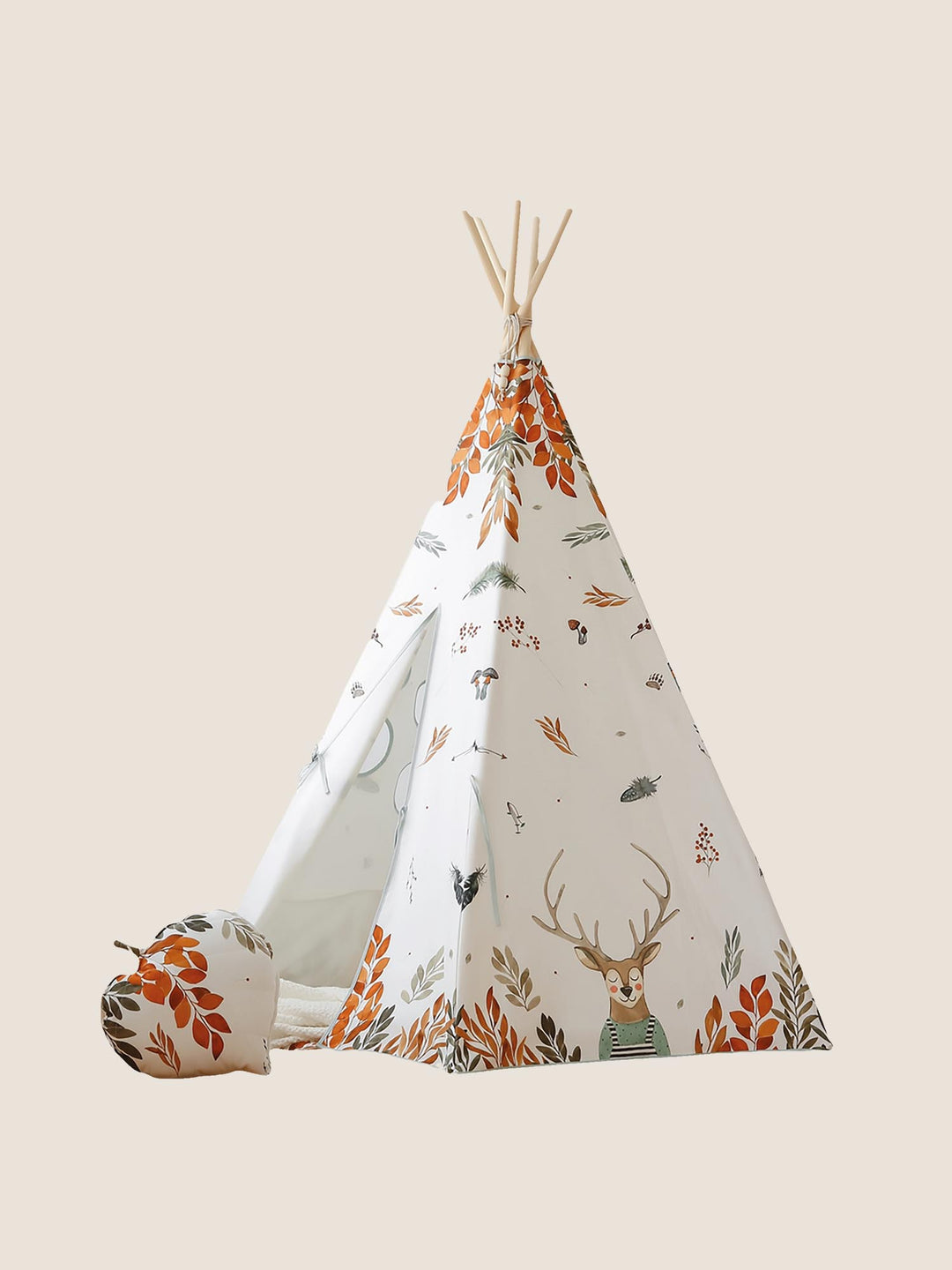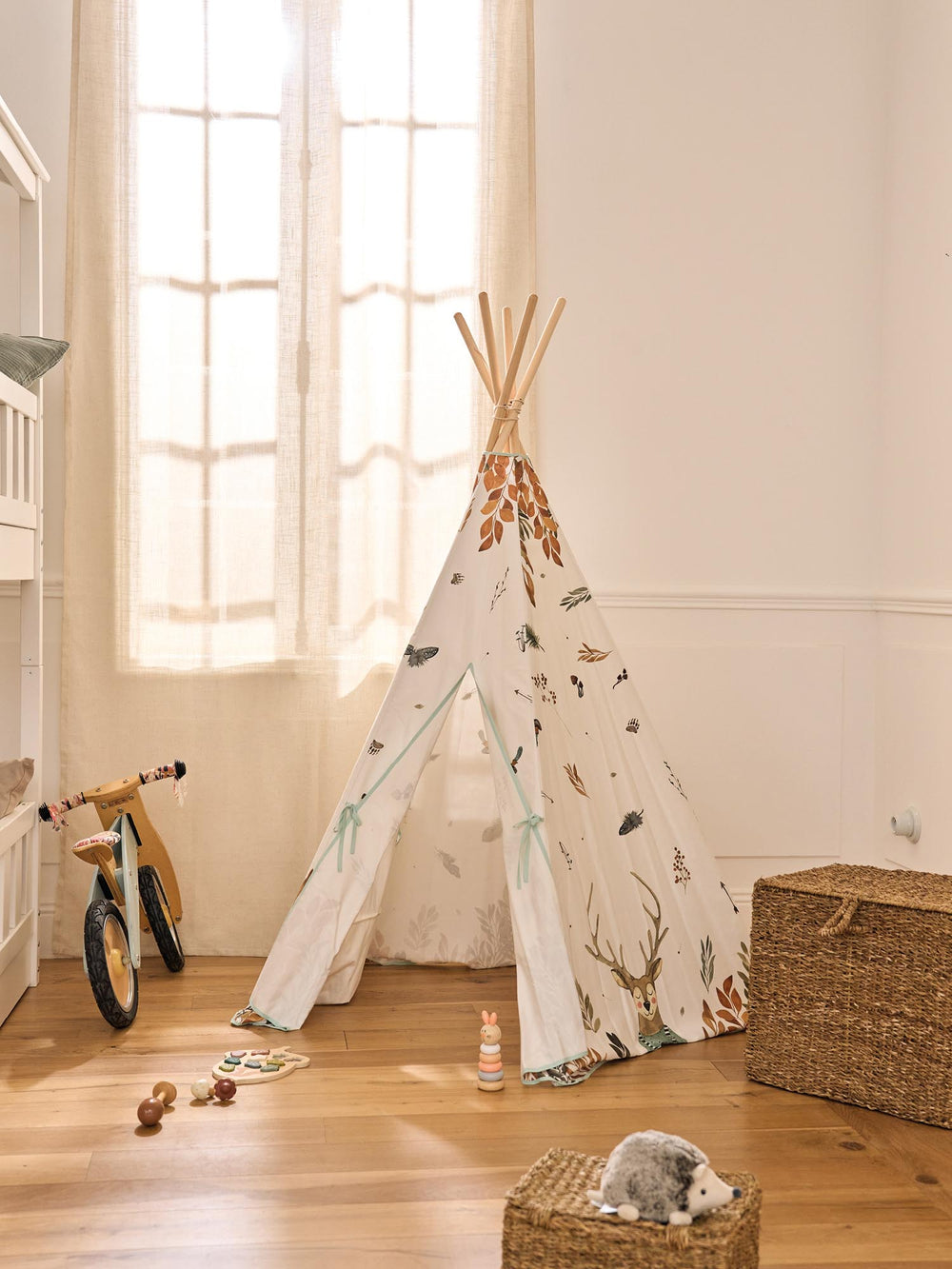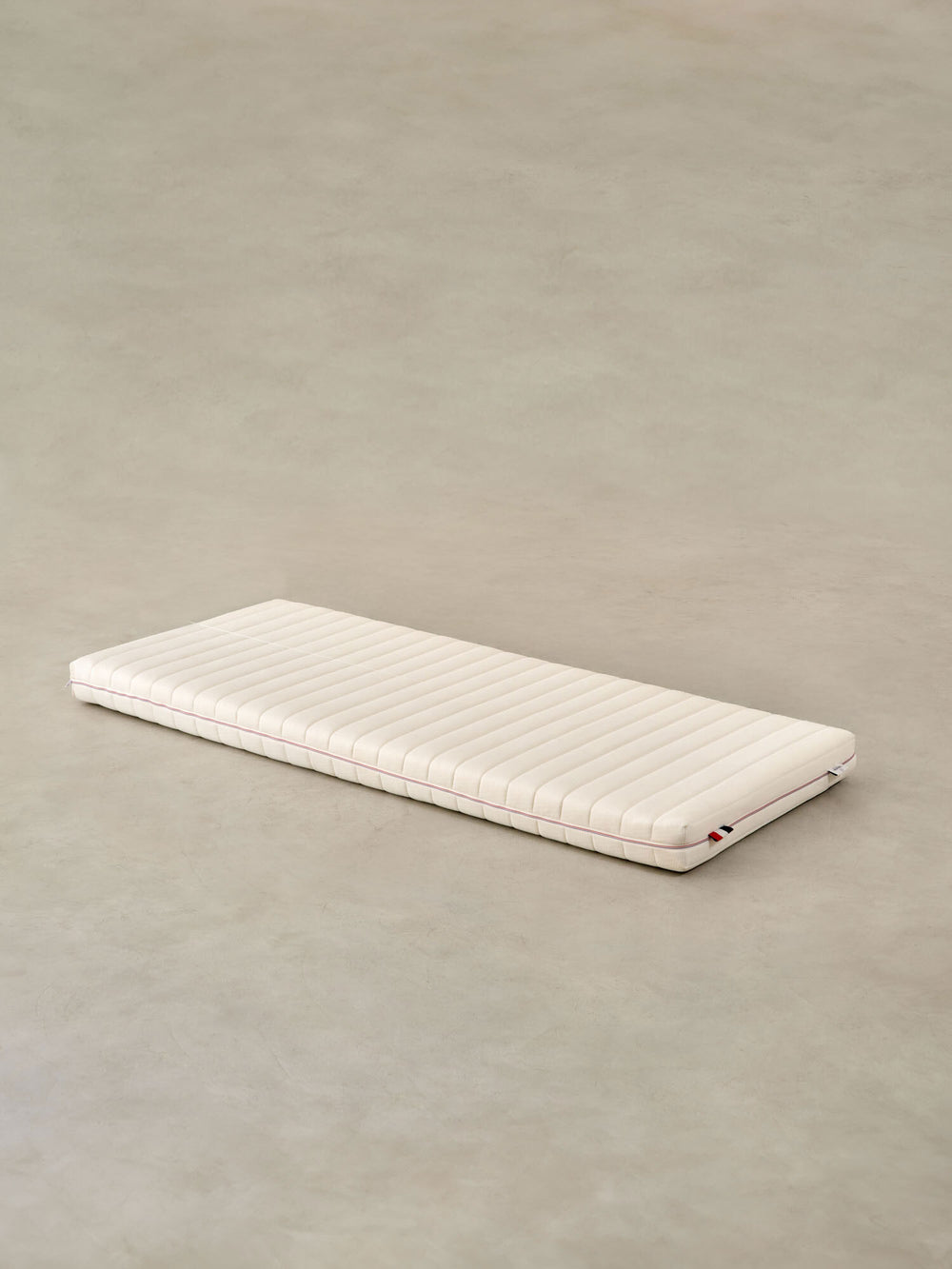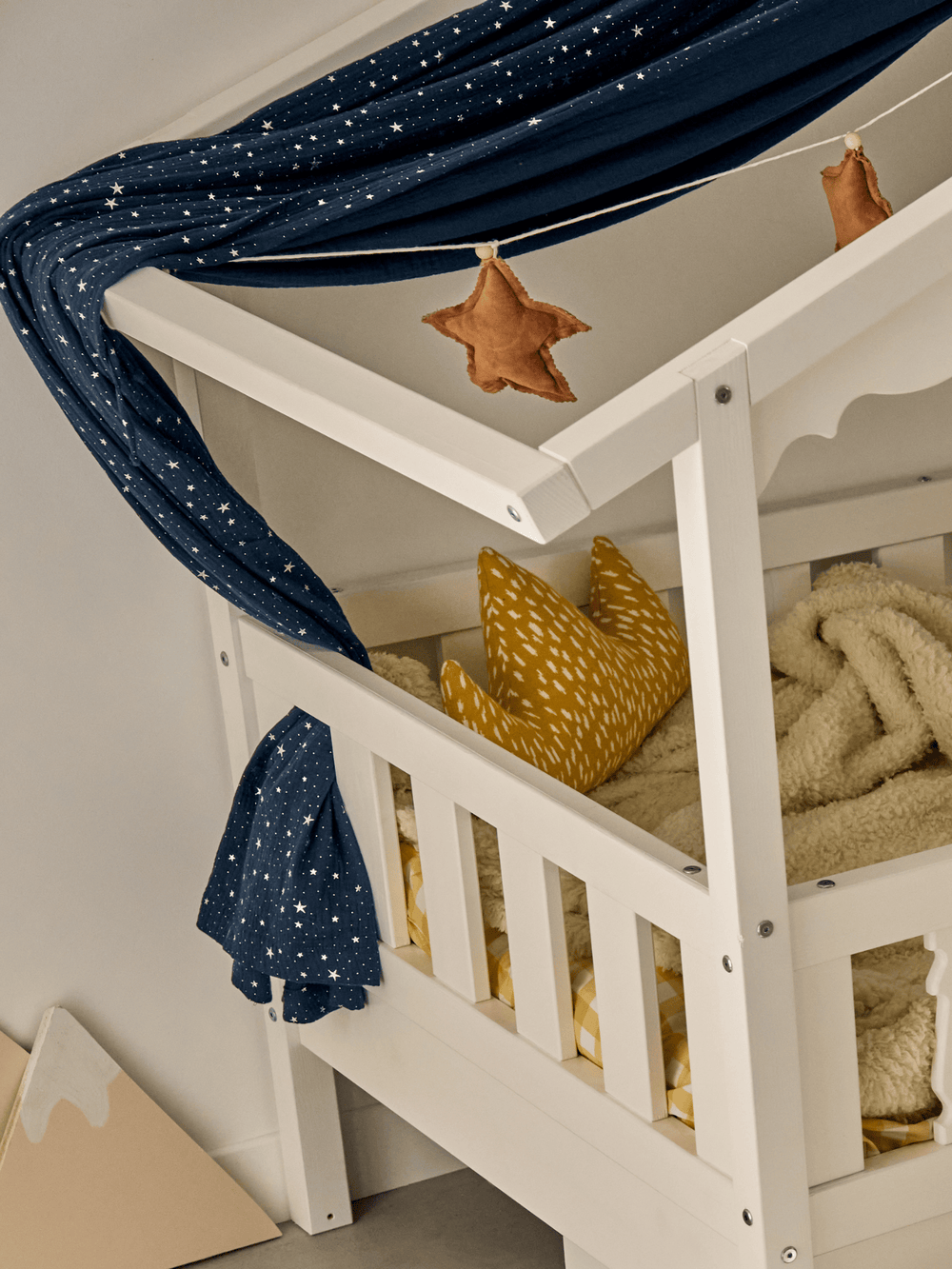The ideal bedroom for a child's sleep: how to design it?
Transform your child's bedroom into a haven of peace, where every element promotes restful sleep. Discover how thoughtful layout and clever organization can make all the difference. The secret to a peaceful night's sleep for your little one awaits you in this Cabania guide, packed with invaluable advice.
The essentials for a good night's sleep
To achieve truly restful sleep, it's crucial to pay attention to theenvironment in which you sleep. A well-appointed space can transform your nights and significantly improve your quality of life. Here are some key elements to consider.

Choosing a mattress
A good mattress is the cornerstone of quality sleep. It must be adapted to your morphology and offer the necessary support to avoid back pain. Choose breathable materials that regulate body temperature.
The importance of bed linen
Choose sheets made from natural fibers such as cotton or linen, which provide good ventilation and prevent excessive perspiration. These materials help create a cozy cocoon in which to rest.
Subdued lighting
Lighting plays a fundamental role in preparing you for sleep. Use soft, warm lights in the evening to signal to your body that it's time to relax. Lamps with dimmers are ideal for adjusting the lighting ambience to suit your needs.
Noise reduction
To reduce noise, consider the following solutions:
- Use blackout curtains to reduce outside noise;
- earplugs can be useful if you are sensitive to ambient sounds;
- A white noise machine can also help mask unwanted noise.
Regular ventilation
Fresh air is essential for a healthy sleeping environment. Make sure you air your bedroom every day to renew the air and maintain a pleasant atmosphere.
By incorporating these elements into your nightly routine, you'll promote deeper, more restorative sleep, improving your overall well-being.
Space optimization and organization
Creating an environment conducive to your child's sleep requires judicious optimization of space and thoughtful organization. Every element must be designed to promote relaxation and rest, while adding a reassuring personal touch. Here are a few tips for transforming your child's bedroom into a soothing cocoon:
Functional furniture
Choosing multifunctional furniture allows you to optimize space without sacrificing comfort. For example, opt for a bed with built-in drawers to store toys or out-of-season clothes. A wall-mounted shelf can also be used to display books or decorative objects, freeing up floor space.
Intelligent zoning
Delineate different zones in the bedroom to encourage your child to switch to resting mode as soon as he or she is in bed. A reading corner with a comfortable armchair and a small lamp can become a special place to relax before bedtime. Use a soft rug to define this space and add a feeling of warmth.
Clever storage
Here are a few solutions for efficient storage:
- Think of colorful baskets or boxes that can be slipped under the bed or placed on the shelves;
- wall hooks are ideal for hanging bags or jackets, freeing up extra space;
- an organizer hanging behind the door holds shoes and other accessories.
Simplicity and minimalism
Visual clutter can disturb sleep. Adopt a minimalist approach by limiting the number of objects visible in the room. Choose a few significant decorative elements rather than a multitude of scattered objects, which will help create a serene atmosphere.
By harmonizing these principles of organization and optimization of space, you can offer your child a peaceful environment in which to fall asleep peacefully every night, reinforcing his or her daily well-being.
